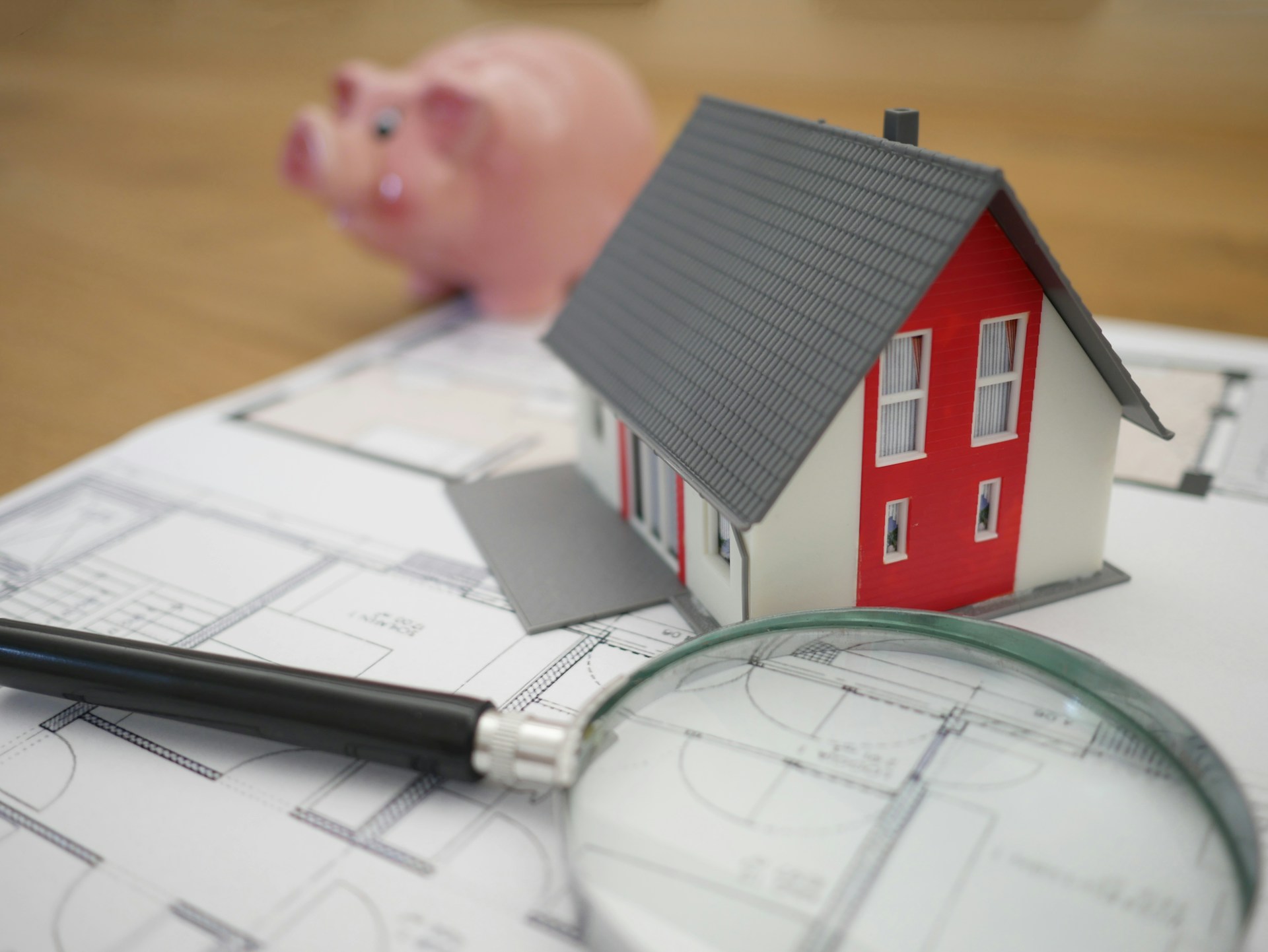Changing Industry
Below is just a small sample of the powerful insights 3D reconstruction can offer across industries. If you’ve got data (images, LiDAR, satellite, or otherwise) there’s a good chance we can help you turn it into something meaningful. If that excites you like it does us, reach out and let’s brainstorm together.
Construction & Architecture
3D reconstruction enhances every stage of construction and architectural design, from concept to completion. It helps professionals visualize structures, detect issues early, and collaborate more efficiently.
How can 3D reconstruction serve Construction & Architecture?
- Visualize architectural concepts in 3D before construction
- Analyze structural integrity with digital twins
- Reduce project errors with precise site models
- Enable remote stakeholder walkthroughs
- Document as-built structures for renovation or maintenance
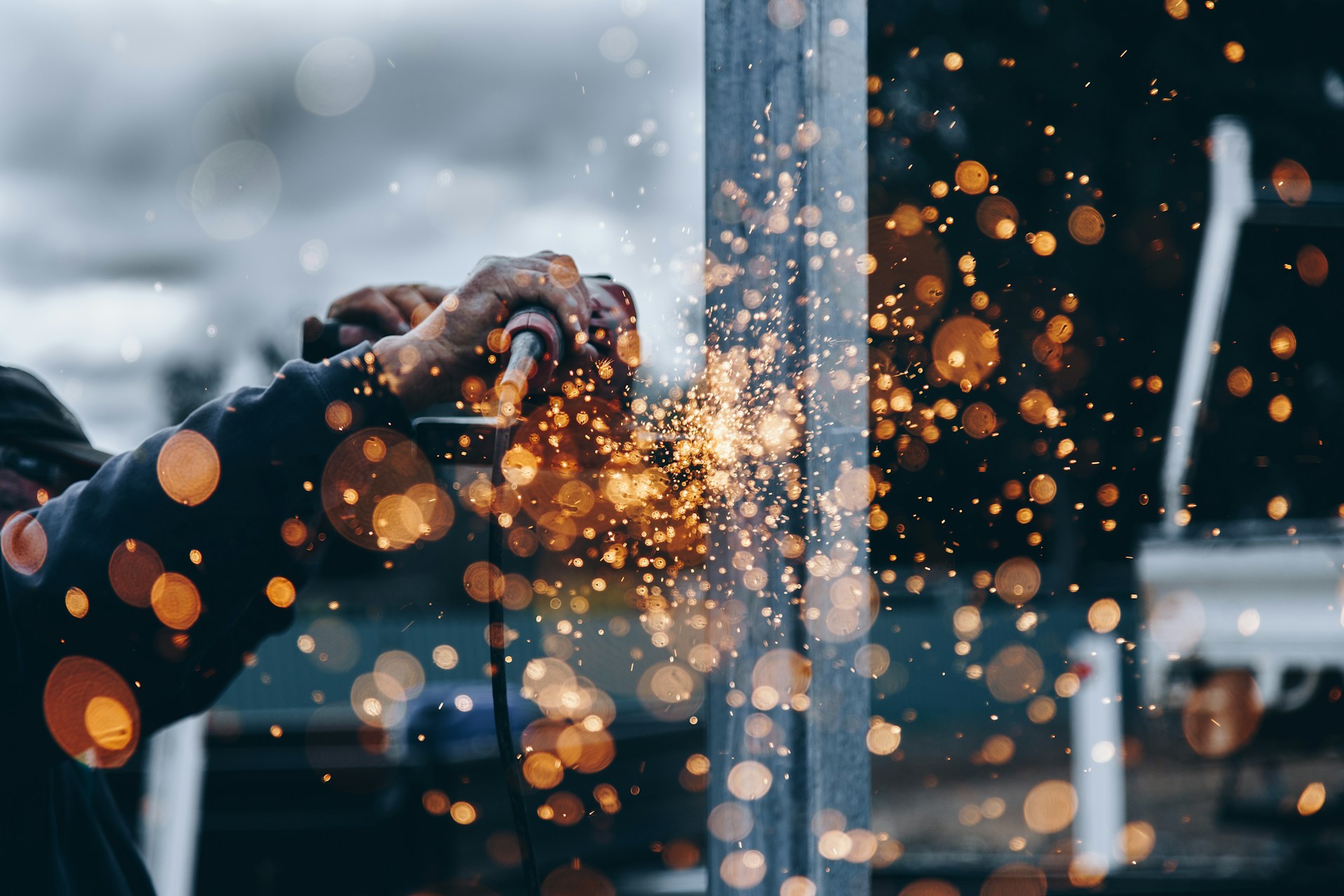
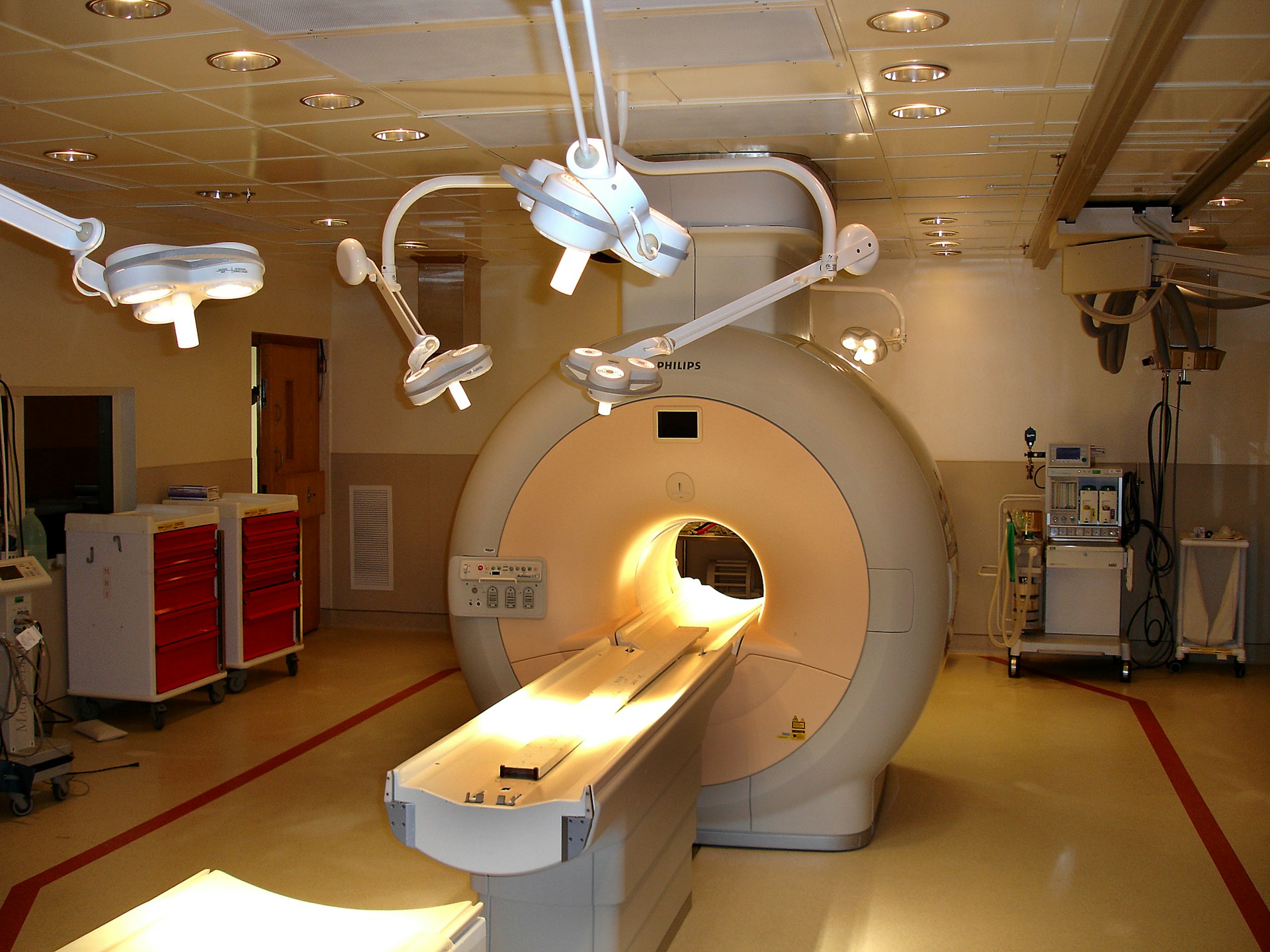
Healthcare & Medical Imaging
3D models created from medical scans provide clearer, more detailed insights into patient anatomy. These reconstructions support better diagnostics, treatment planning, and medical education.
How can 3D reconstruction serve Healthcare & Medical Imaging?
- Turn MRI/CT scans into accurate 3D anatomical models
- Support surgical preparation and simulation
- Enhance medical training with immersive visuals
- Detect anomalies with AI-enhanced 3D data
- Improve communication with patients through visuals
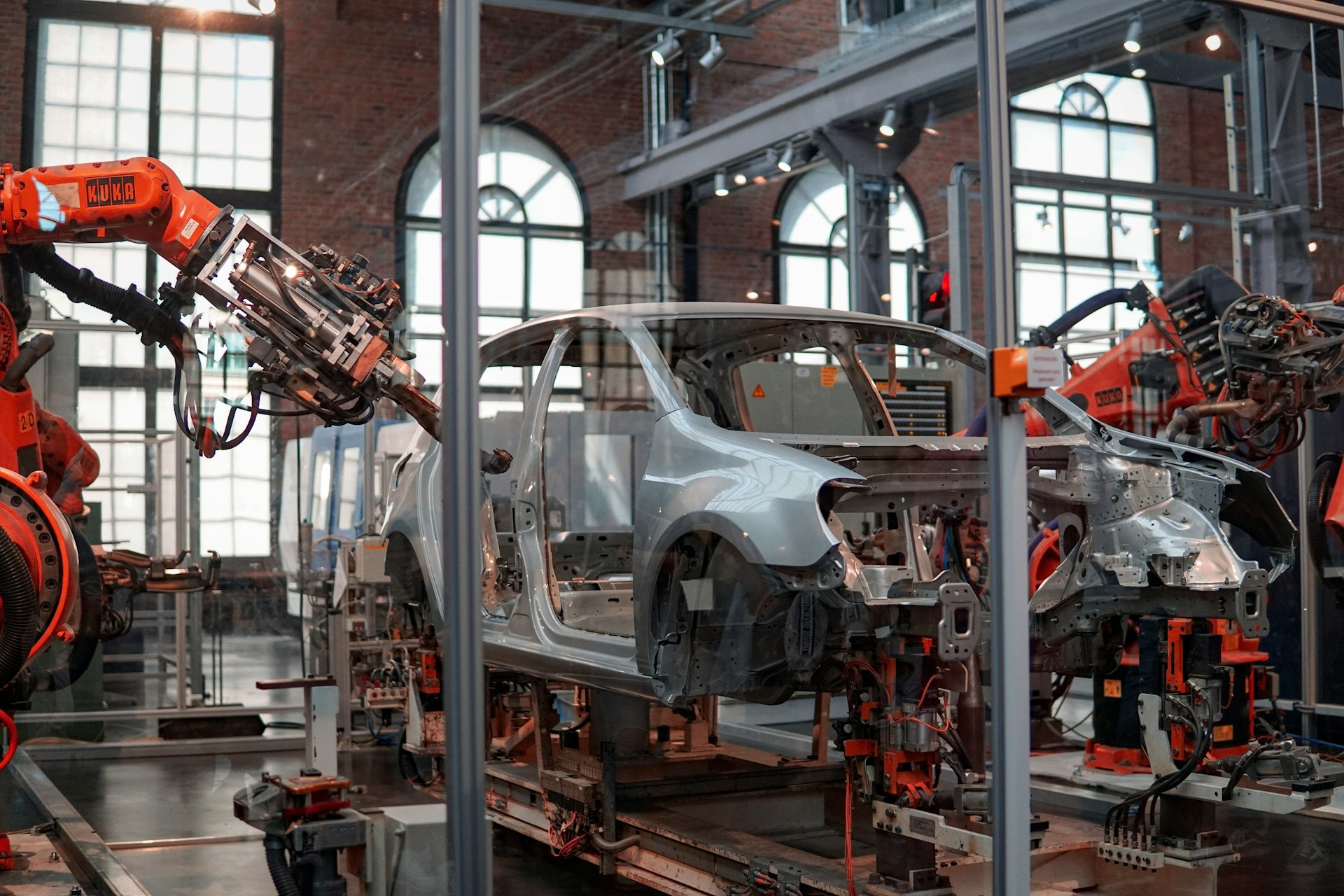
Manufacturing & Industrial Design
From rapid prototyping to quality control, 3D reconstruction allows manufacturers to streamline production and innovate faster. Digital models ensure precision and collaboration throughout the design lifecycle.
How can 3D reconstruction serve Manufacturing & Industrial Design?
- Digitize parts for reverse engineering
- Improve precision in product design
- Monitor wear and tear with 3D inspections
- Facilitate remote design collaboration
- Simulate assembly processes or stress testing
Geospatial & Environmental Sciences
3D mapping of terrain and ecosystems enables researchers to better understand environmental changes and support sustainable development. Reconstructions enhance data visualization and analysis.
How can 3D reconstruction serve Geospatial & Environmental Sciences?
- Create detailed elevation and terrain models
- Track erosion, deforestation, or glacier movement
- Support GIS workflows with accurate visual data
- Analyze environmental impact of human activity
- Enable immersive remote exploration of landscapes

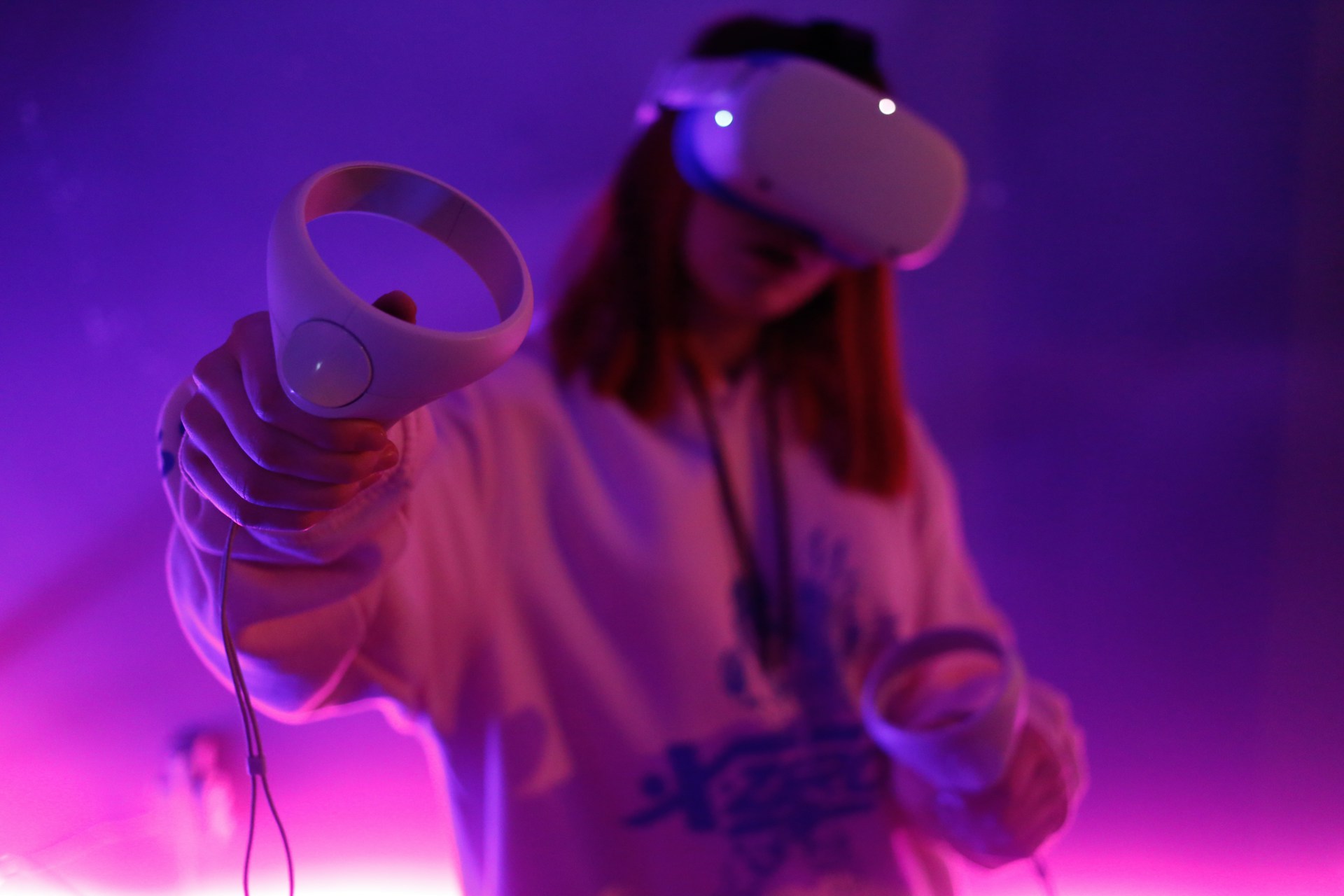
Film, Gaming & Entertainment
Digital environments come to life through 3D reconstruction, making it easier than ever to blend real and virtual worlds. This speeds up content production while boosting realism.
How can 3D reconstruction serve Film, Gaming & Entertainment?
- Scan environments for virtual production sets
- Capture assets for game and animation development
- Build photorealistic textures and environments
- Streamline VFX workflows with real world geometry
- Enable immersive AR/VR experiences
Forensics & Law Enforcement
Accurate 3D reconstructions help investigators analyze crime scenes or accidents thoroughly and preserve evidence digitally. They also support courtroom presentations and training.
How can 3D reconstruction serve Forensics & Law Enforcement?
- Digitally preserve scenes for later review
- Reconstruct events from physical evidence
- Aid in court presentations and reporting
- Train officers using real world virtual simulations
- Scene consensus through media aggregation (think bodycams)
- Improve documentation and transparency

Agriculture & Forestry
Drone and satellite imagery can be transformed into 3D models to help farmers and foresters manage land more effectively. These insights lead to smarter resource use and improved yields.
How can 3D reconstruction serve Agriculture & Forestry?
- Analyze crop growth patterns over time
- Detect disease or yield variation in fields
- Plan land use with terrain models
- Model forest density and tree height
- Assess flood or drought impact on fields
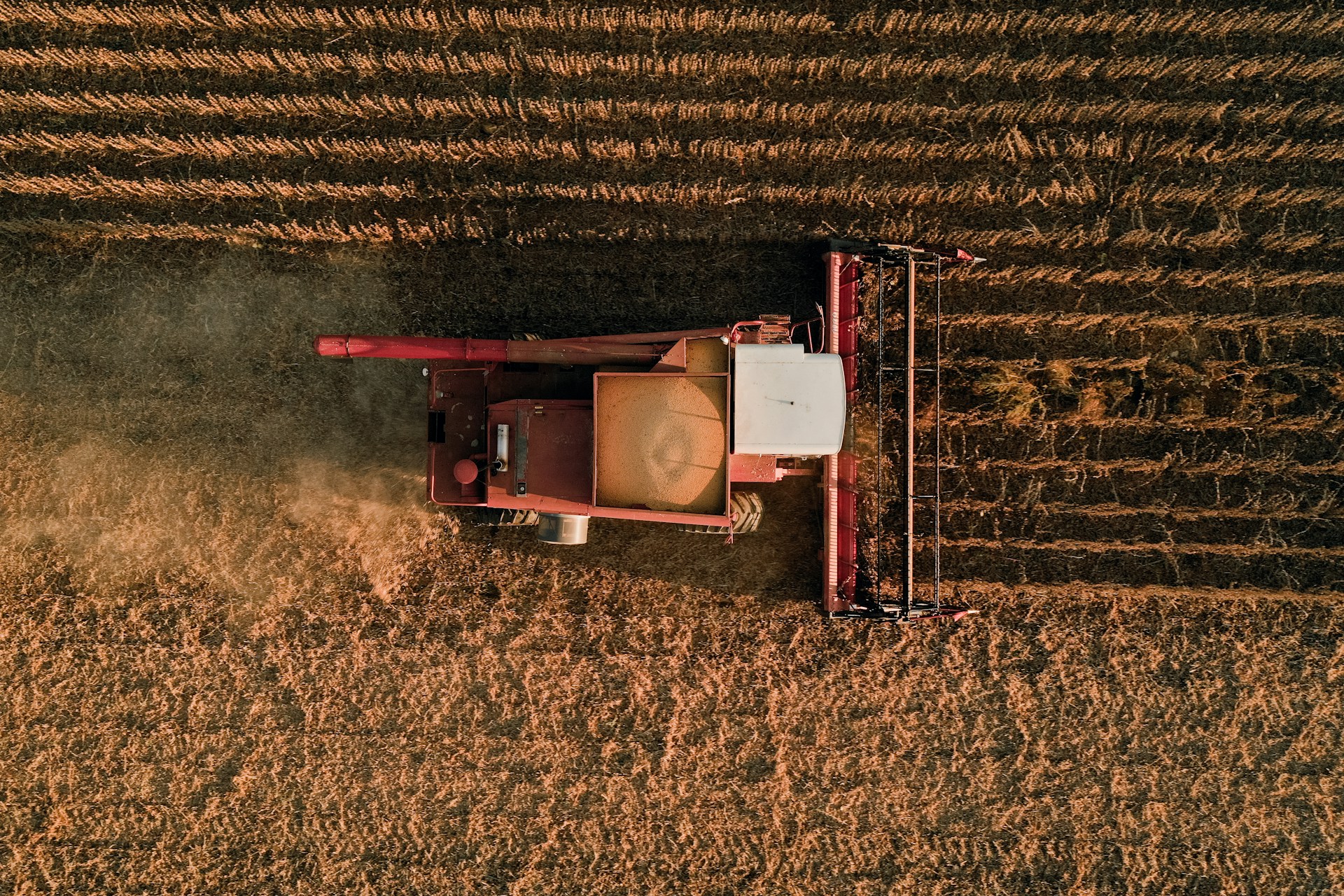
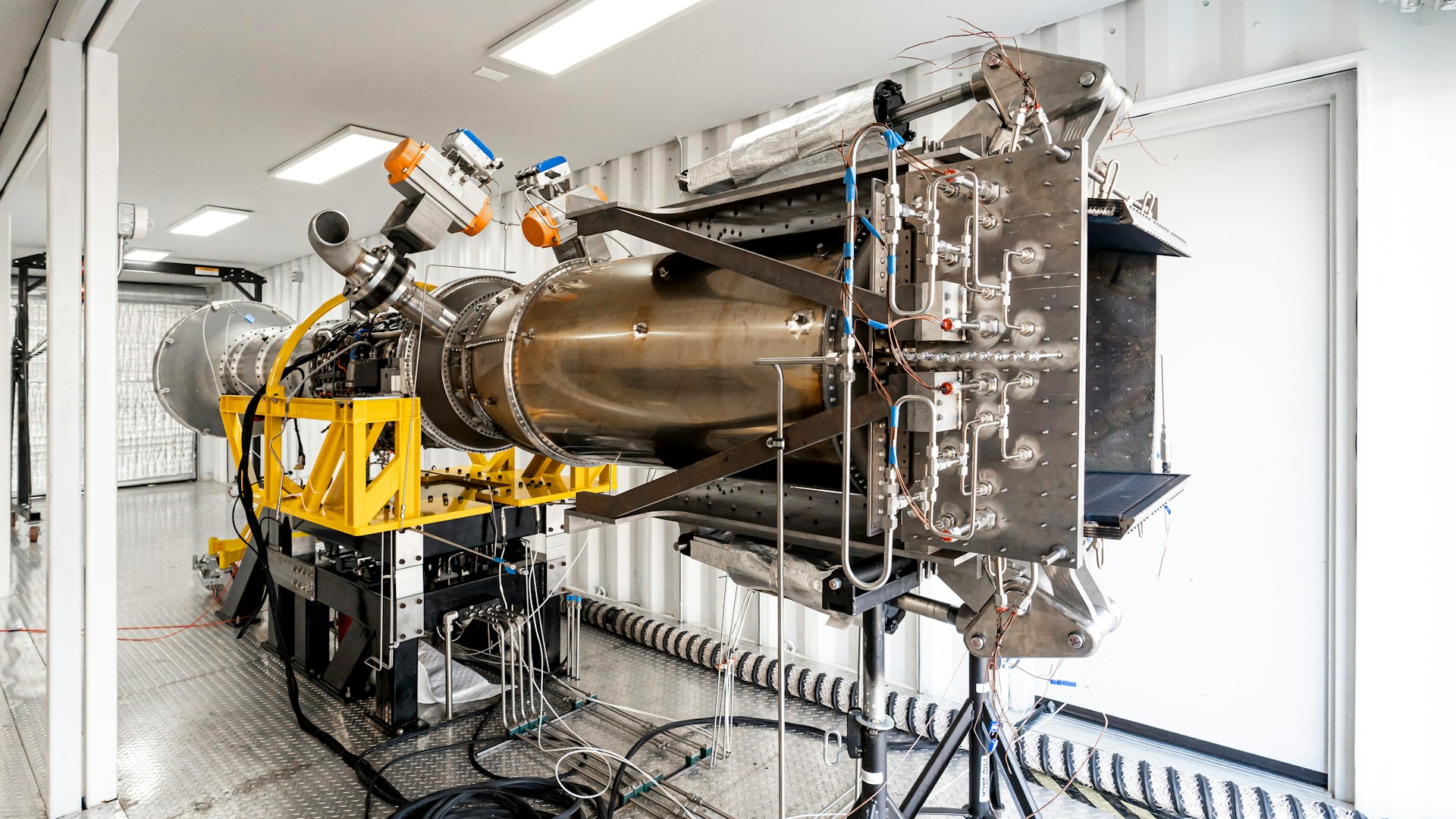
Aerospace & Defense
3D reconstruction enhances precision and reliability in mission critical scenarios. From part inspection to terrain mapping, it supports safety, performance, and strategic planning.
How can 3D reconstruction serve Aerospace & Defense?
- Reconstruct aircraft parts for inspection
- Simulate operations and environments for training
- Improve mission planning with terrain modeling
- Streamline quality control in manufacturing
- Assist in maintenance planning and documentation
- Enhance Physics Simulations with 3D scanned models
Robotics & Automation
For intelligent machines, spatial awareness is key. 3D reconstruction helps robots understand and interact with their environment more accurately and autonomously.
How can 3D reconstruction serve Robotics & Automation?
- Power autonomous navigation with 3D maps
- Train robots with real world virtual environments
- Analyze surroundings for intelligent task handling
- Support robotic quality assurance systems
- Improve human robot interaction with spatial understanding
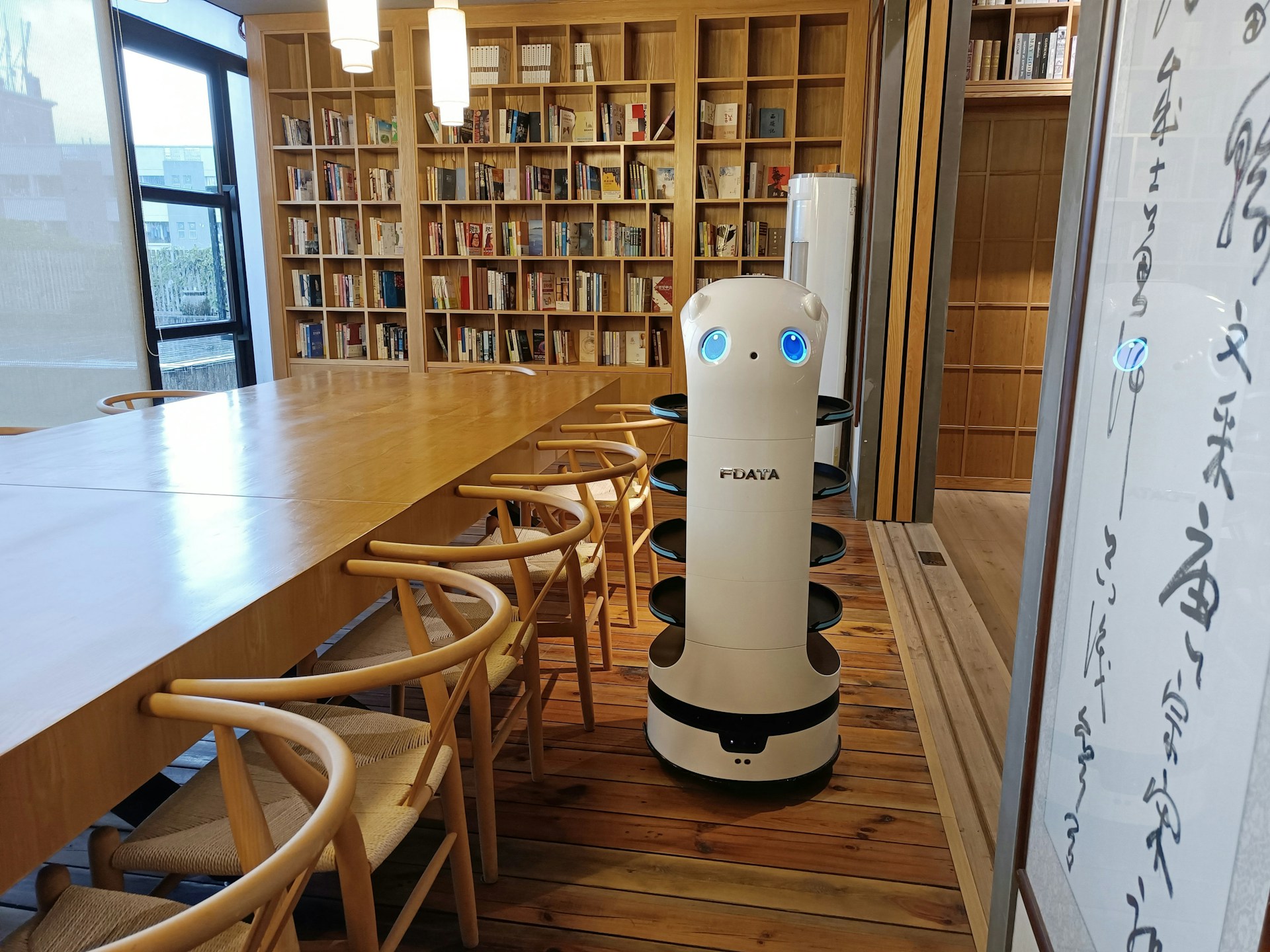

Retail & E-commerce
3D content allows online shoppers to explore products virtually before buying. This not only boosts confidence but also reduces returns and enhances the shopping experience.
How can 3D reconstruction serve Retail & E-commerce?
- Showcase products with interactive 3D models
- Reduce returns with accurate visual previews
- Virtualize store layouts for optimization
- Enable AR based try before you buy experiences
- Enhance online product catalogs with 3D scans
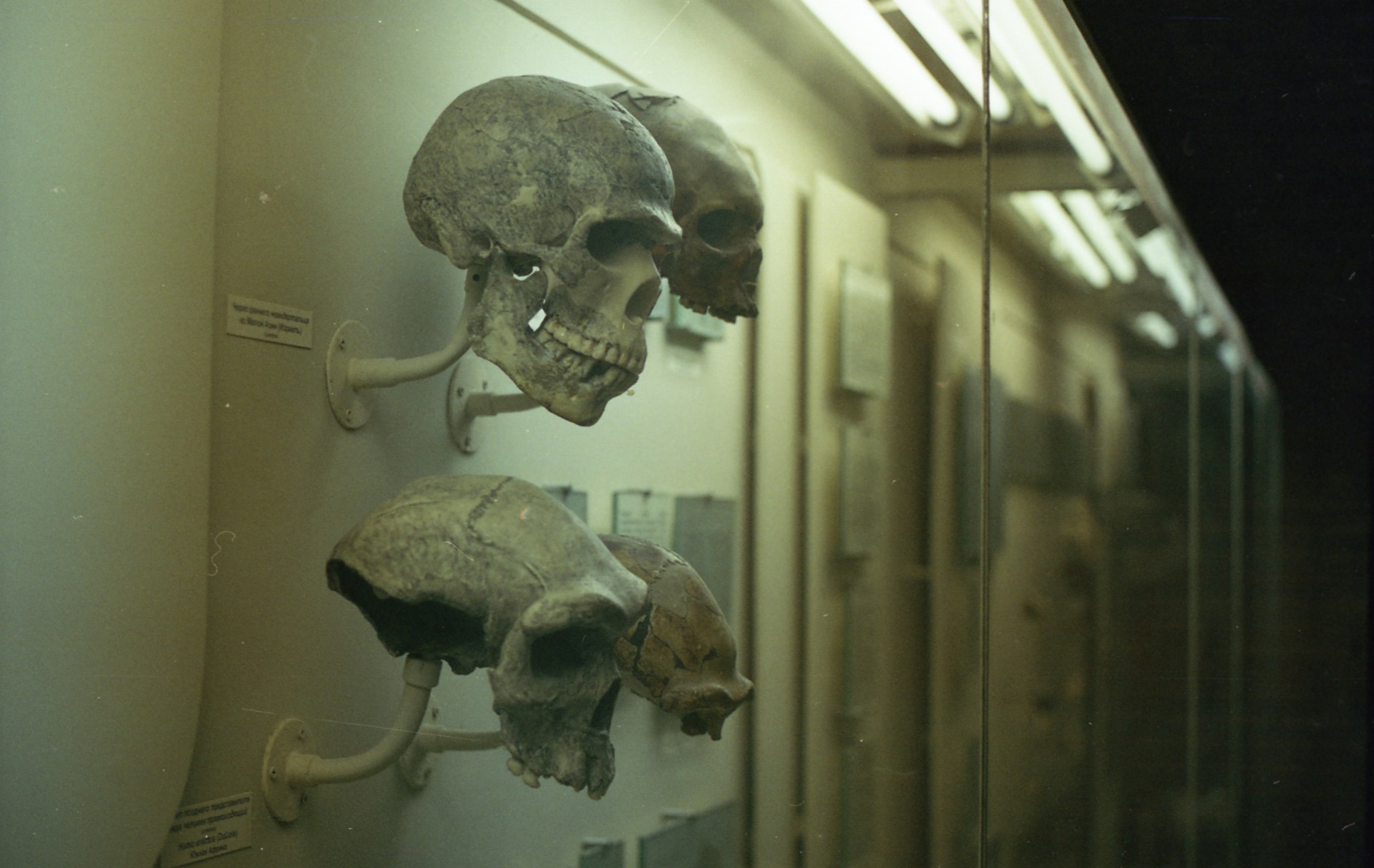
History & Anthropology
3D reconstruction brings cultural heritage to life by digitally preserving artifacts and sites. It opens new opportunities for education, research, and virtual museum experiences.
How can 3D reconstruction serve History & Anthropology?
- Digitally preserve historical artifacts, ruins, and ancient structures
- Reconstruct lost or damaged historical sites for research and education
- Enhance museum exhibits with interactive 3D visualizations
- Create virtual access to heritage sites globally
- Assist in archaeological interpretation and restoration
Real Estate
Property listings and planning processes benefit greatly from interactive 3D content. Buyers, agents, and developers gain a better understanding of spaces without needing to visit in person.
How can 3D reconstruction serve Real Estate?
- Create immersive 3D property tours for virtual real estate showings
- Generate accurate 3D models for architectural planning and renovations
- Assist in property inspections by capturing detailed 3D scans
- Support staging and interior design visualization
- Provide better transparency for clients and investors
- Property simulations such as drainage
